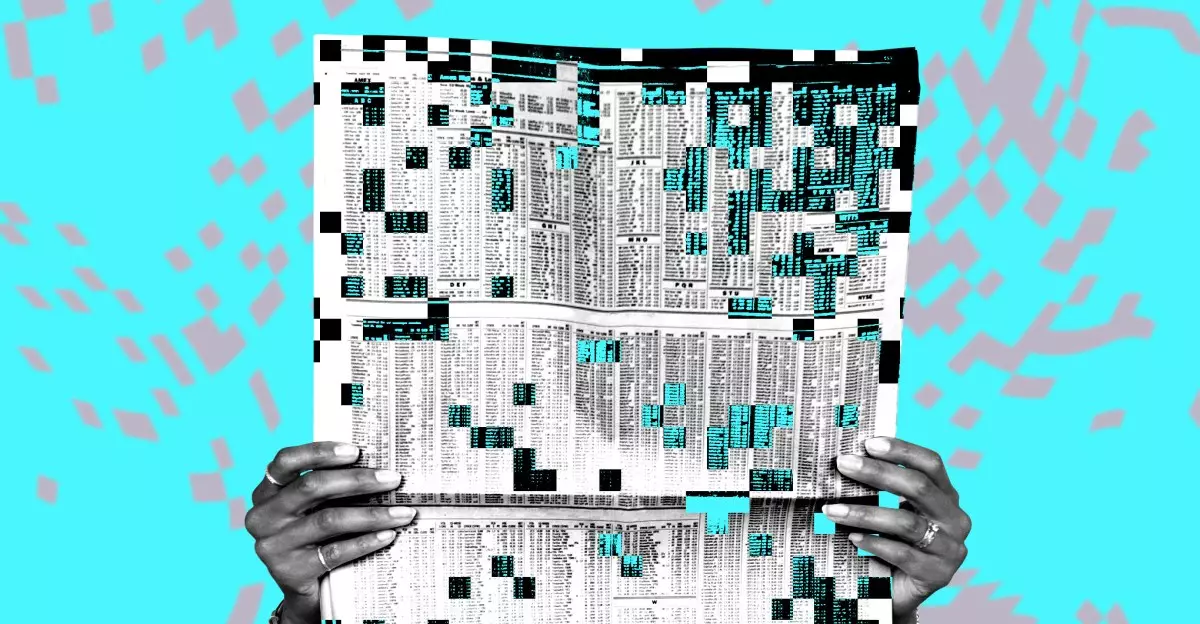In an era dominated by rapid technological advancements, the debate surrounding the ethical use of content produced by individuals and media organizations has taken center stage. A recent campaign spearheaded by numerous publishers, including well-respected names like The New York Times and The Washington Post, is shining a glaring spotlight on the often-overlooked relationship between Big Tech and the creative industries. The core message of this campaign is both a plea and a challenge: to ensure that companies leveraging AI technologies compensate creators fairly for their work. This is not merely a matter of financial redress but a fundamental reexamination of how content is valued in a digital age.
Big Tech’s Role in Content Appropriation
The messaging in this campaign—summed up effectively with slogans like “Stop AI Theft” and “AI Steals From You Too”—raises critical questions about the legitimacy of using copyrighted material without appropriate attribution or compensation. Companies like OpenAI and Google have recently petitioned the government to allow their AI systems to train on copyrighted texts, sparking outrage among content creators who argue that this practice undermines their livelihood. The stance of the News/Media Alliance, articulately represented by their President, Danielle Coffey, emphasizes that the industry does not stand against AI development per se but rather seeks to forge a path where both technology and creativity can coexist harmoniously.
A Broader Conversation on Intellectual Property
The ongoing dialogue about the protection of intellectual property in the age of AI is crucial. It reflects deep-seated concerns not only regarding fair compensation but also the integrity of creative intent. Why should creators, who invest countless hours into crafting articles, artistic pieces, and original content, be left vulnerable to exploitation from entities that swiftly profit off their hard work? This campaign is not an isolated plea but part of a larger movement, such as a similar initiative seen in the UK where major newspapers united to advocate for fair practices against AI.
Engaging the Public and Lawmakers
What sets the current campaign apart is its active call to action, encouraging the public to engage with lawmakers through avenues including personalized messages and QR codes that direct readers to relevant advocacy resources. This multifaceted approach empowers consumers and patrons of media to join the fray, advocating not just for artists and journalists but, by extension, for the sanctity of quality journalism and honest content creation. In an age where misinformation can spread like wildfire, fostering a trustworthy media environment is paramount—a responsibility that both creators and consumers share.
Charting a Responsible Future
The mission to establish a balanced ecosystem for content creation demands proactive participation from all stakeholders. Publishers and creators must unite to advocate for legislative measures that protect their work, while also exploring innovative ways to coexist with technology. The future of AI and content creation should prioritize ethical considerations, ensuring that robust frameworks are in place to safeguard the interests of those whose creativity fuels the digital realm. As this battle unfolds, the outcome will shape not only the publishing industry but also the broader landscape of our digital society—where imagination is nurtured, respected, and rewarded accordingly.

